Berry shitnikov: description and methods of struggle

In gardens and vegetable gardens, different types of pests are often found. They destroy fruit and vegetable plants growing in personal plots. Today we will talk in detail about one of these pests - the berry bush bug.
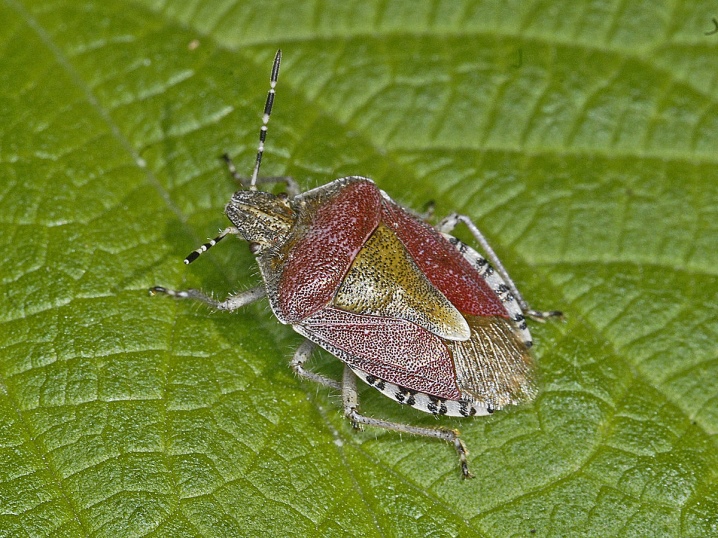
Description
The berry beetle is a type of bug from the family of the true carcass dolycoris baccarum. Most often, these pests are found on most plant species, feed on flowers and fruits, especially raspberries, which cause significant damage to them.
The body of the insect is small, oval, 1-2 cm long. The bug changes color as it grows, depending on the color of the plant on which it lives. In summer, its color is bright burgundy, and by the fall, the scutellum changes color to dark brown. The berry bug is covered with long hairs that are visible on the nymph of this insect. In winter, its color turns dull brown. Females and males of this species are very similar.
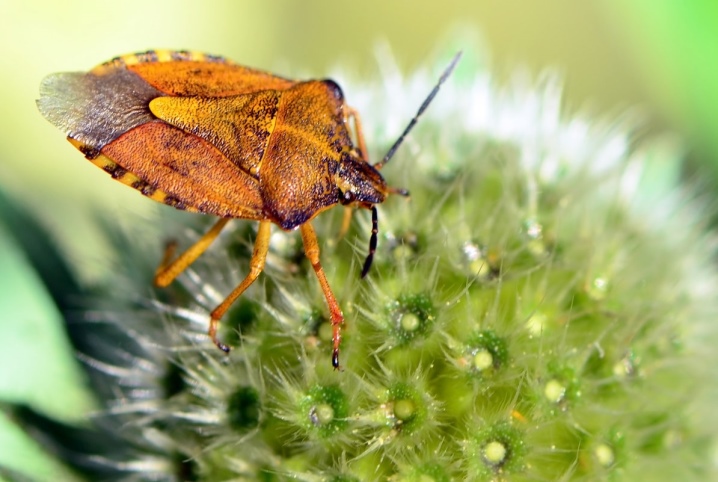
At the bottom of the chest there are special glands that secrete an unpleasant-smelling secretion - cimetic acid. With the help of this liquid, the shield bug scares away enemies in case of danger, and also uses it to attract a mating partner. With the onset of spring, the days become warmer and longer, adult bugs come out of hibernation. They crawl out of their hiding places to feed and lay eggs. After laying the eggs, the adult dies after a few weeks. The female lays eggs in May-June, hiding them on the underside of leaves or in berries.
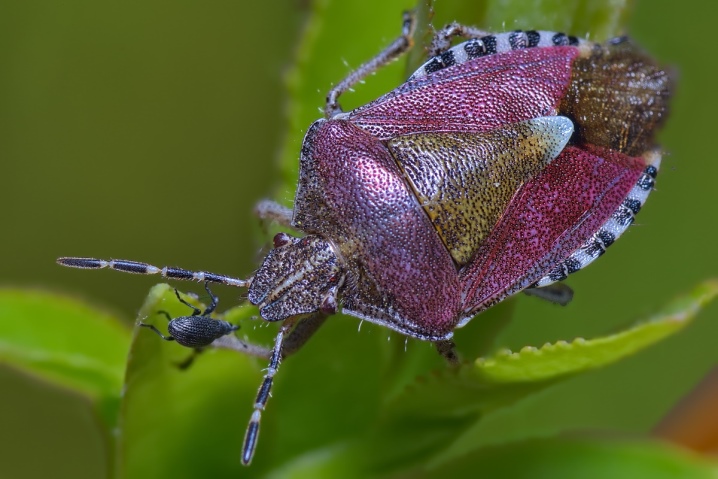
After 1-2 months, insects hatch, at first they are all together, and as they mature, they creep throughout the plant. The larva differs from an adult only in that it does not have long hairs, and the body is covered with light masking bristles and has a gray color. Otherwise, it is very similar to an adult bug. After the larva hatches, it is called a nymph and goes through 5 stages of maturation before becoming an adult flying insect.
The larva becomes an adult bug in a month and a half. At the first and second stages of maturation, the color of the insect is black, and at the third, it changes to yellow with brown spots. During growing up, the scutellum changes its chitinous layer 5 times.
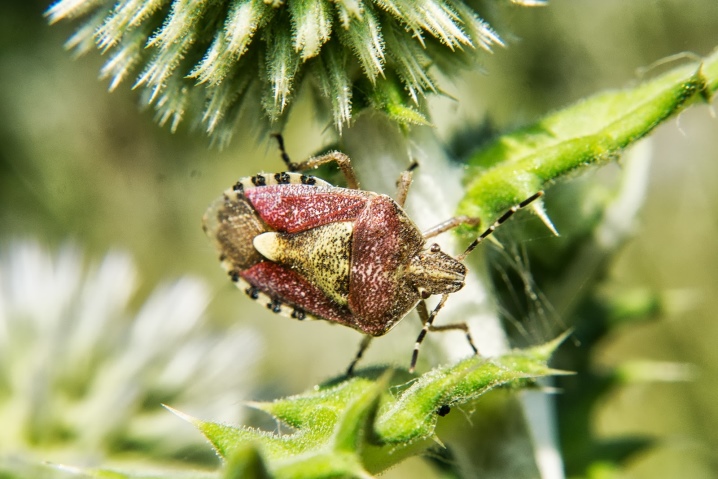
The first larvae, as a rule, die, remaining in the ovum, while individuals of a later age survive and become flying. At the end of summer, adult bush bugs prepare for hibernation. Bedbugs spend the winter in fallen leaves under trees or shrubs.
Signs of appearance
Every spring, after flowering, all plants should be checked for the presence of berry bush. To do this, each branch must be shaken, this will make the flying insect fly up, thereby finding its location.
Bedbugs pierce the leaves of plants with sharp proboscis and suck the juice through the punctures. In places of damage to the leaves, colorless dots are formed, then, as the juice is sucked out, they become yellowish-brown. After which the leaves curl and dry out.
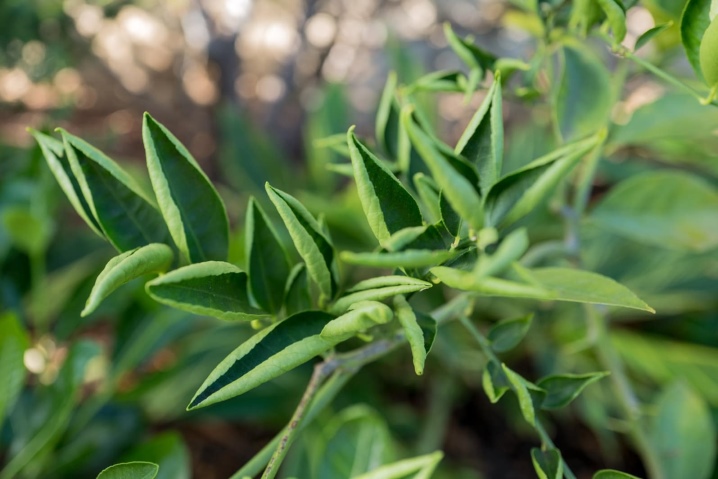
In spite of its name, the berry duckweed also eats vegetables. It damages the peel of a pepper or tomato and feeds on vegetable juice. On vegetables and fruits, pin punctures appear at the site of damage, this leads to the appearance of spots and further deformation of the fetus. In some cases, the entire plant dies after being attacked by a bush bug. And if the flowers of the plant have not yet blossomed, and the bug is inside the inflorescence, then there will be no fruit at all. After the insects suck the juice from the berries, the latter become inedible.Although it bears the name berry, it affects all plants in the garden and vegetable garden.
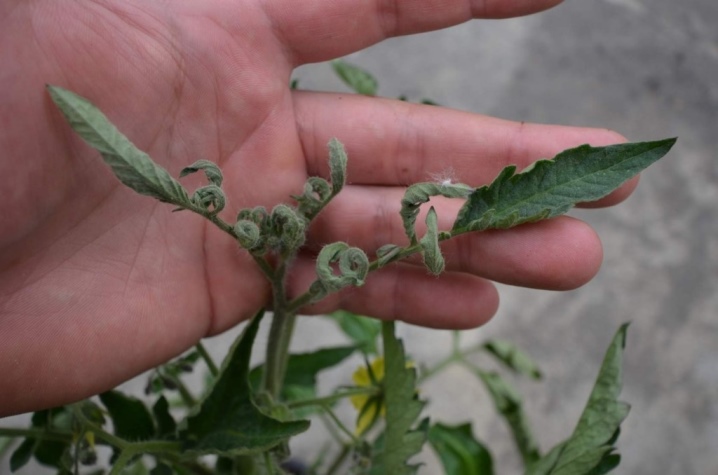
Ways to fight
There are several ways to deal with the berry bug.
Hand picking insects
This is a long, but effective way without the use of pesticides, which allows you to avoid causing even more damage to the plant and the environment as a whole. This method is only suitable for bedbugs, since their complete destruction is not required, it is enough to reduce the number.
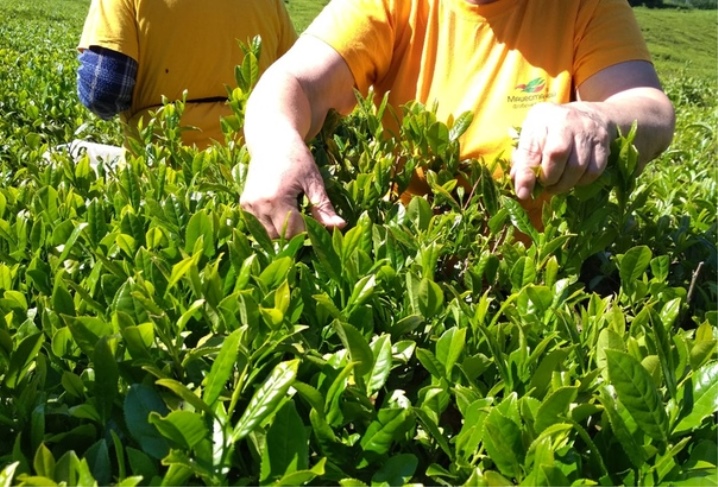
Folk remedies
There are a myriad of recipes for pest control in your backyard. The onion peel decoction proved to be very good.
In a bucket of boiled water, it is necessary to dilute 200 g of onion peel. Insist this solution for 5 days, then strain and spray the plant with this mixture every 5 days.
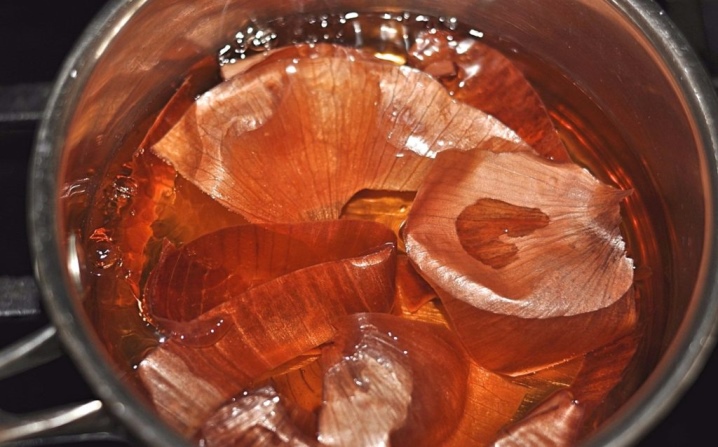
Special
On the shelves of outlets there are a variety of preparations for combating garden and garden pests. Of course, not all of these funds have a safe composition, but they are more effective. Most often used to scare away flying pests "Phosphamide", "Chlorofos", "Karbofos".

Preventive measures
An effective method of prevention is planting plants with a specific odor on the backyard, which scare away the scutellor. Such plants are cimicifuga or black cohosh, as well as wormwood.
Cleaning the fallen leaves is also a prevention of the appearance of the berry bug. This bug hibernates in fallen leaves, and when the leaves are removed, then the insect will have nowhere to hibernate, and therefore it will not be in the spring.

This insect does not cause much damage and if its number in the garden is small, then there is no particular need to fight it. But when they begin to cause tangible harm, then it is worth starting to destroy them.
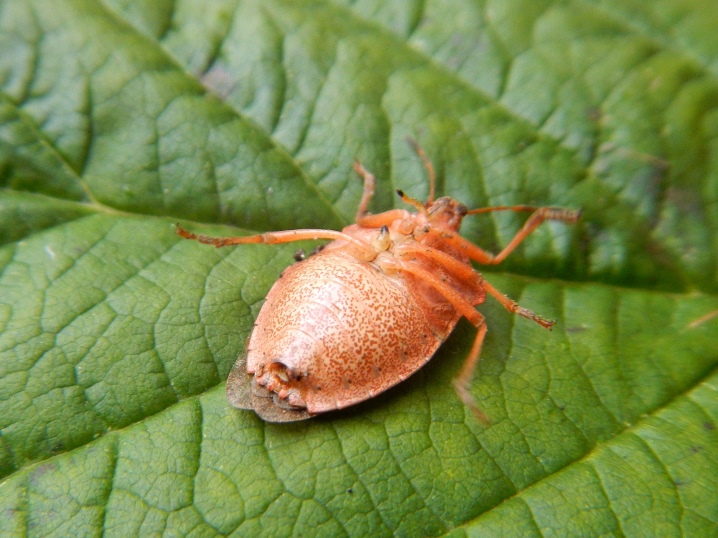













The comment was sent successfully.